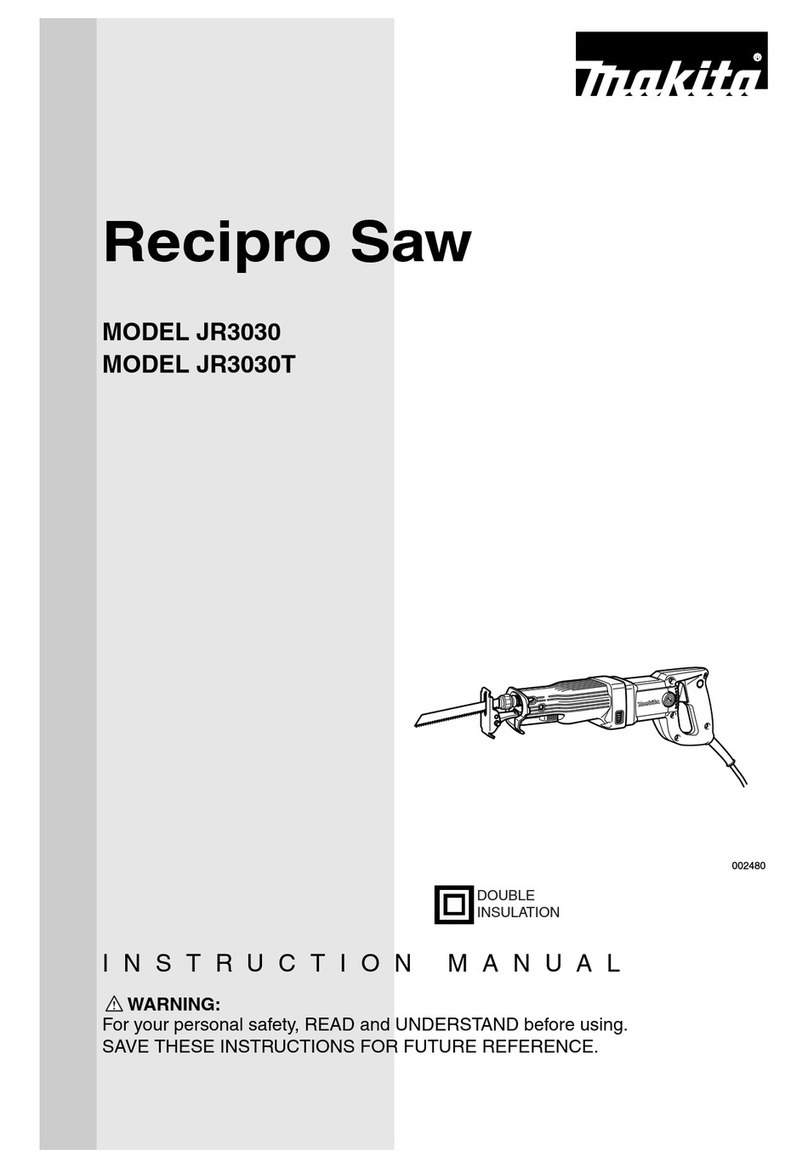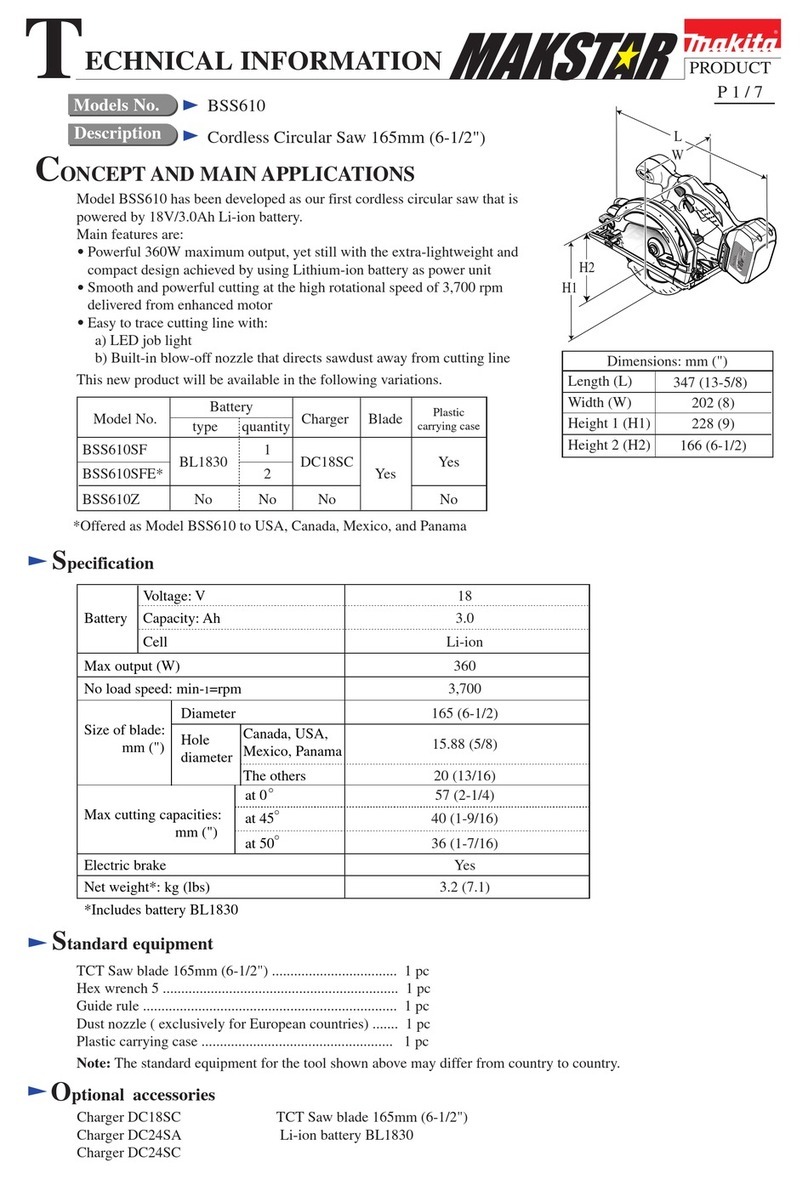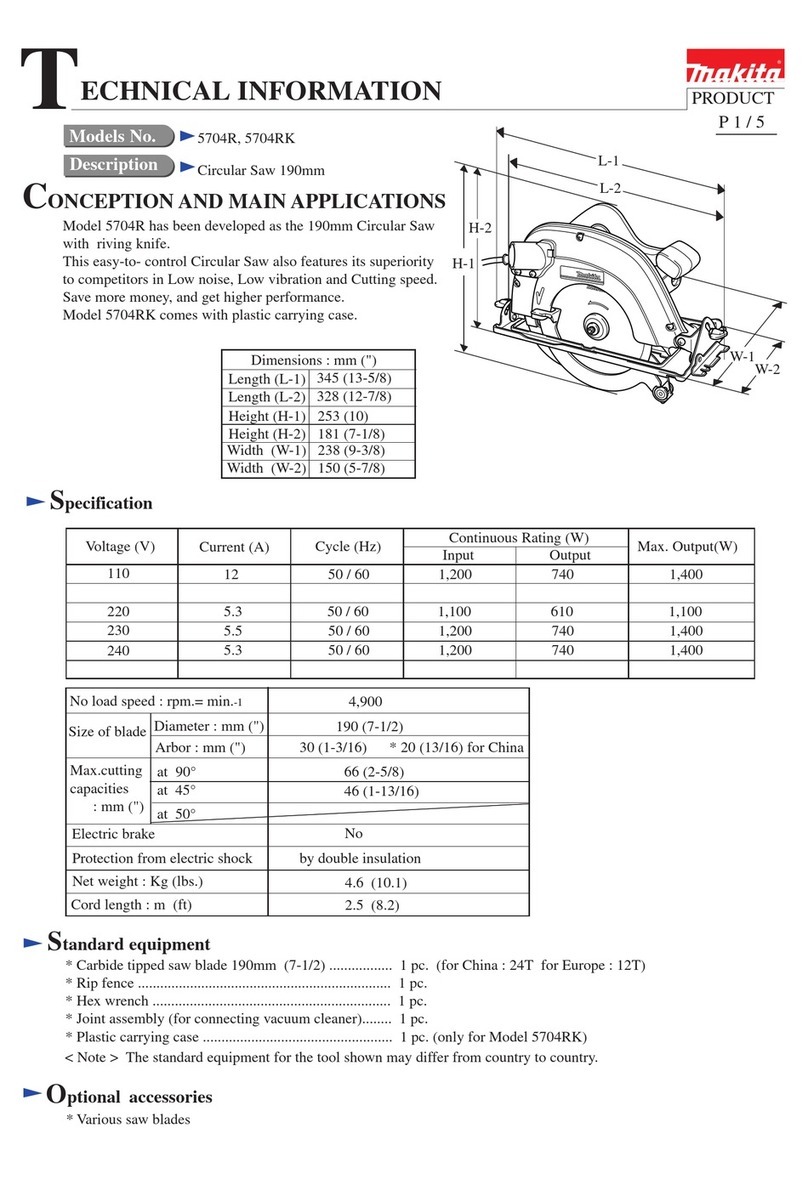Makita LS1219 User manual
Other Makita Saw manuals
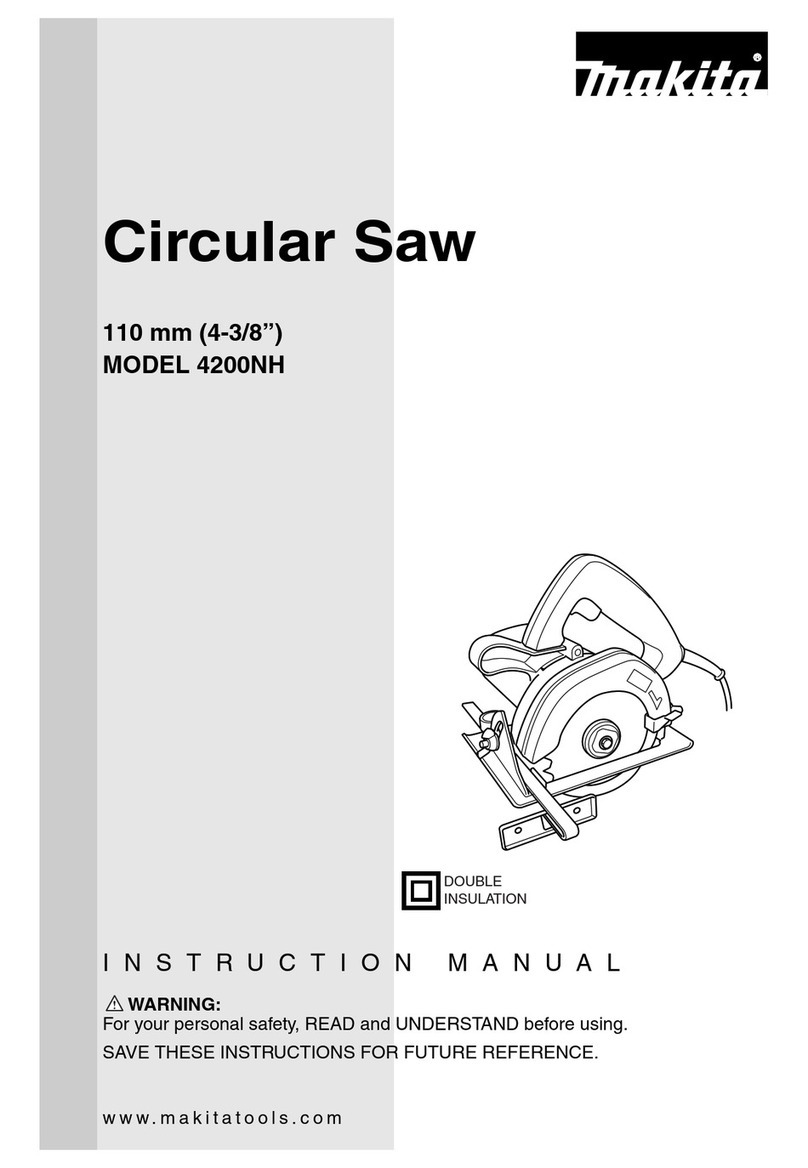
Makita
Makita 4200NH User manual

Makita
Makita LB1200F User manual

Makita
Makita DLS714 User manual
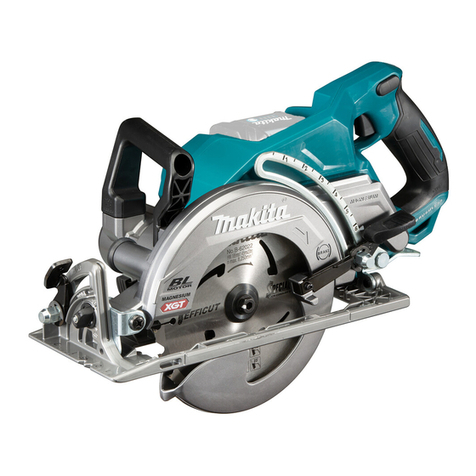
Makita
Makita RS001GM User manual

Makita
Makita JR1000FTK User manual
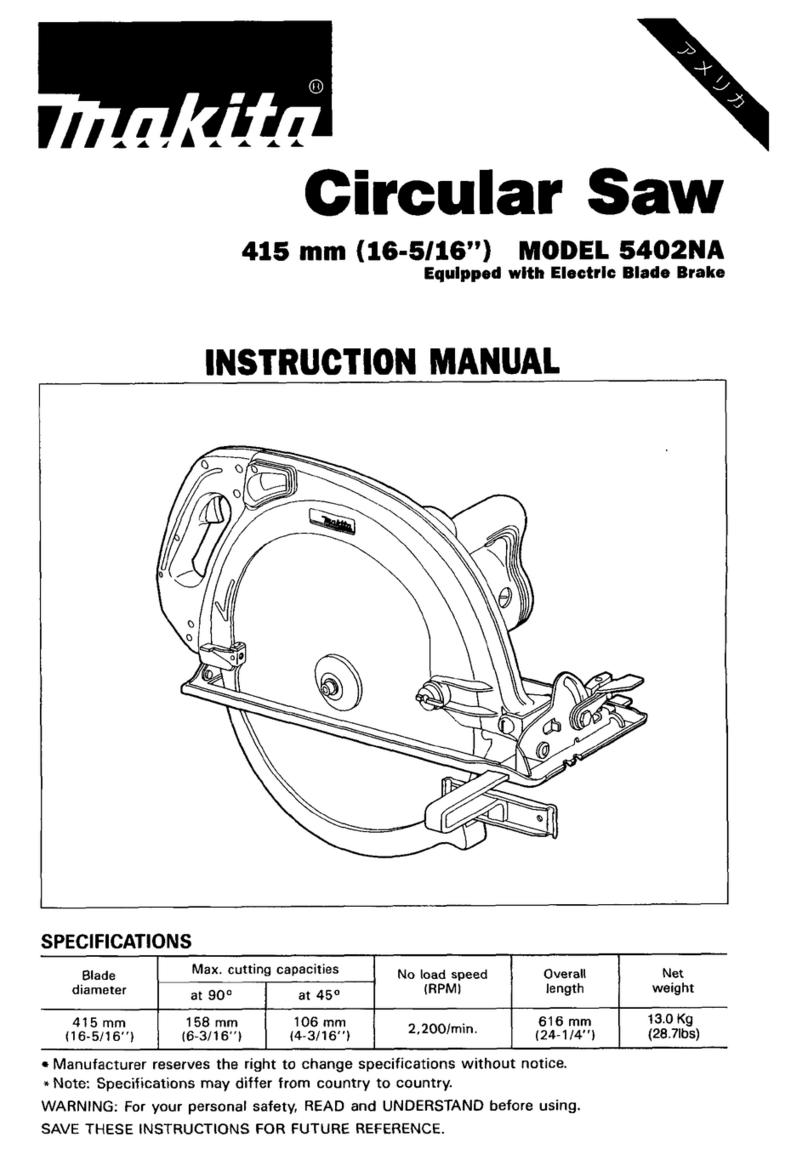
Makita
Makita 5402NA User manual
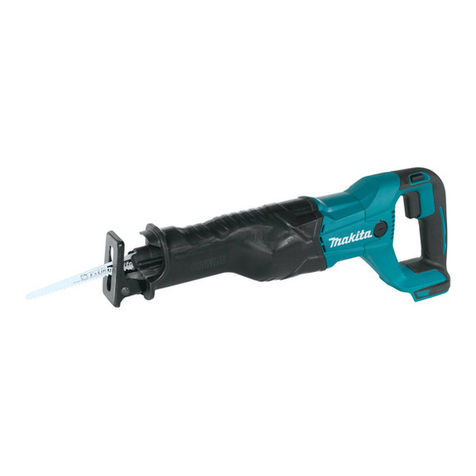
Makita
Makita XRJ04 User manual
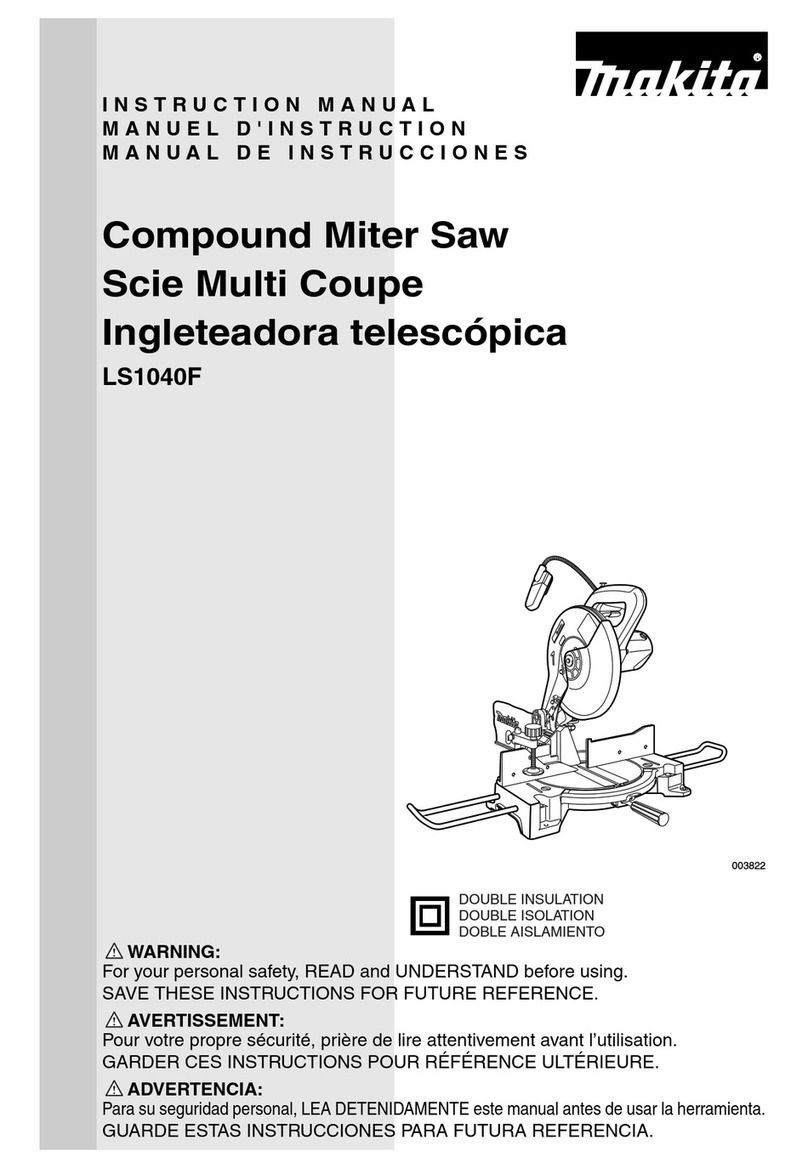
Makita
Makita LS1040F User manual

Makita
Makita JR3020 User manual
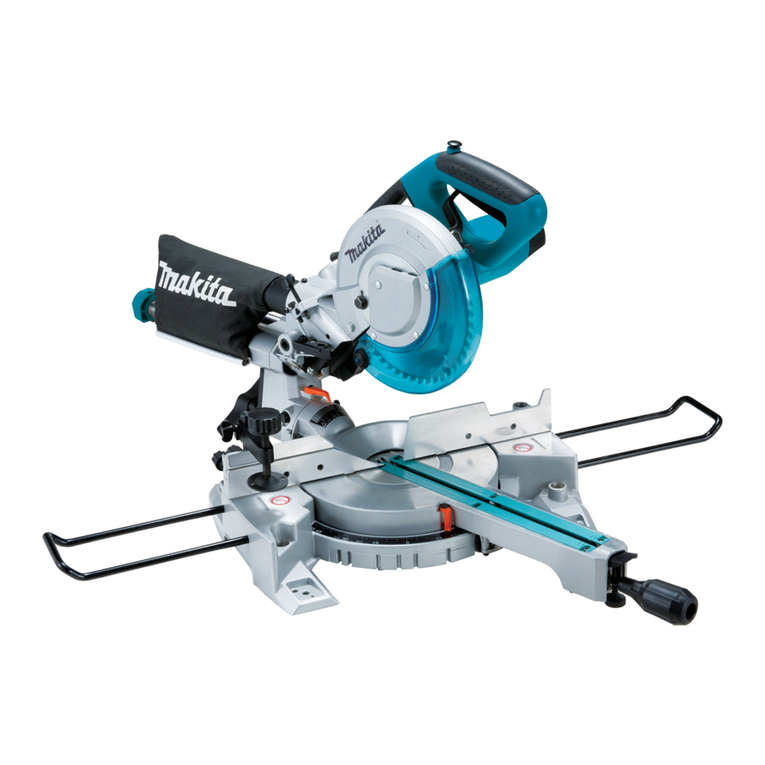
Makita
Makita LS1212 User manual
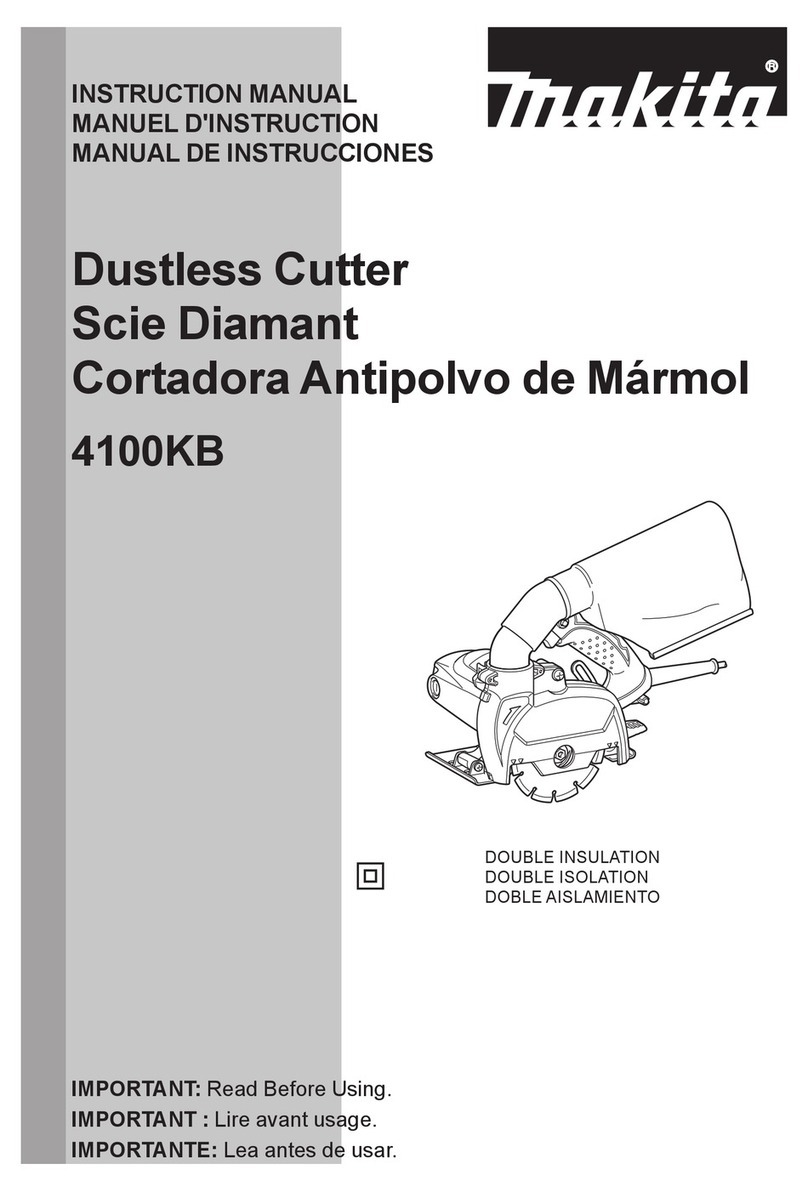
Makita
Makita 4100KB User manual
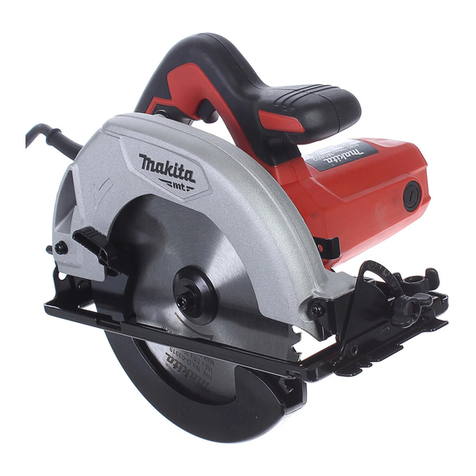
Makita
Makita M5802 Manual

Makita
Makita LS1030N Manual
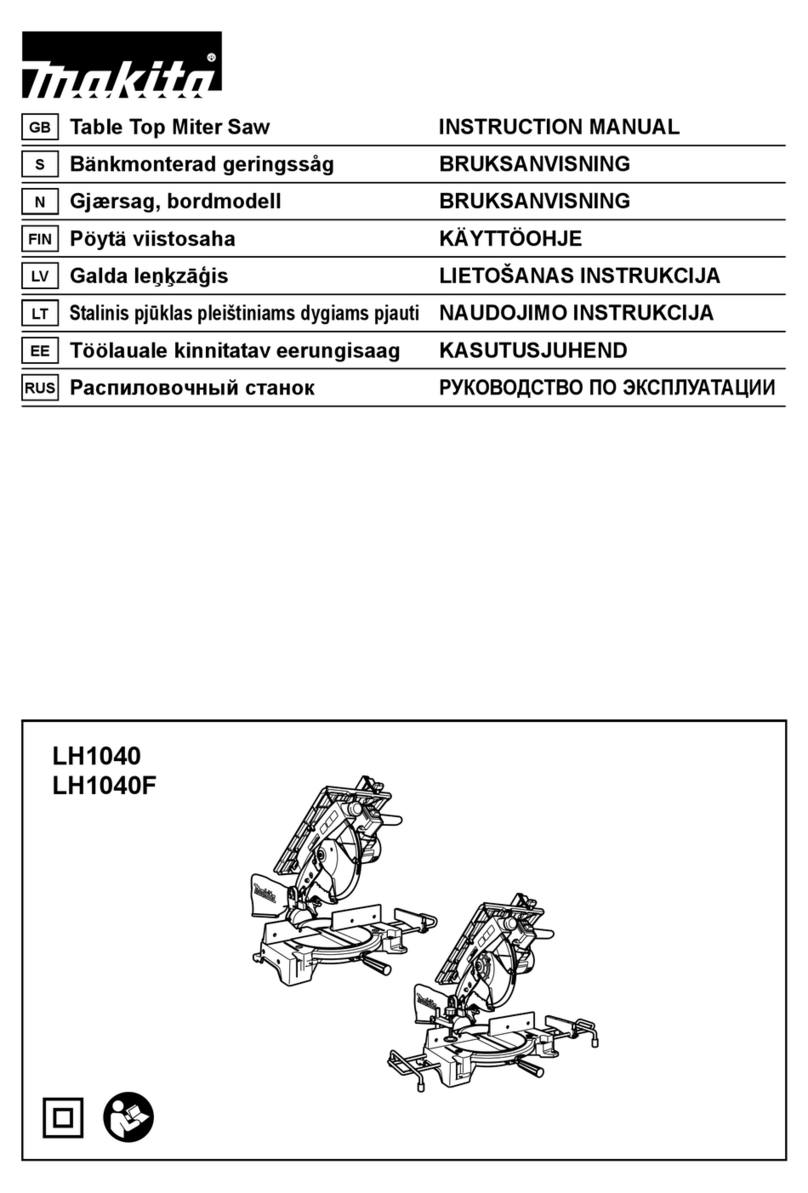
Makita
Makita LH1040 User manual

Makita
Makita 5090D Quick start guide
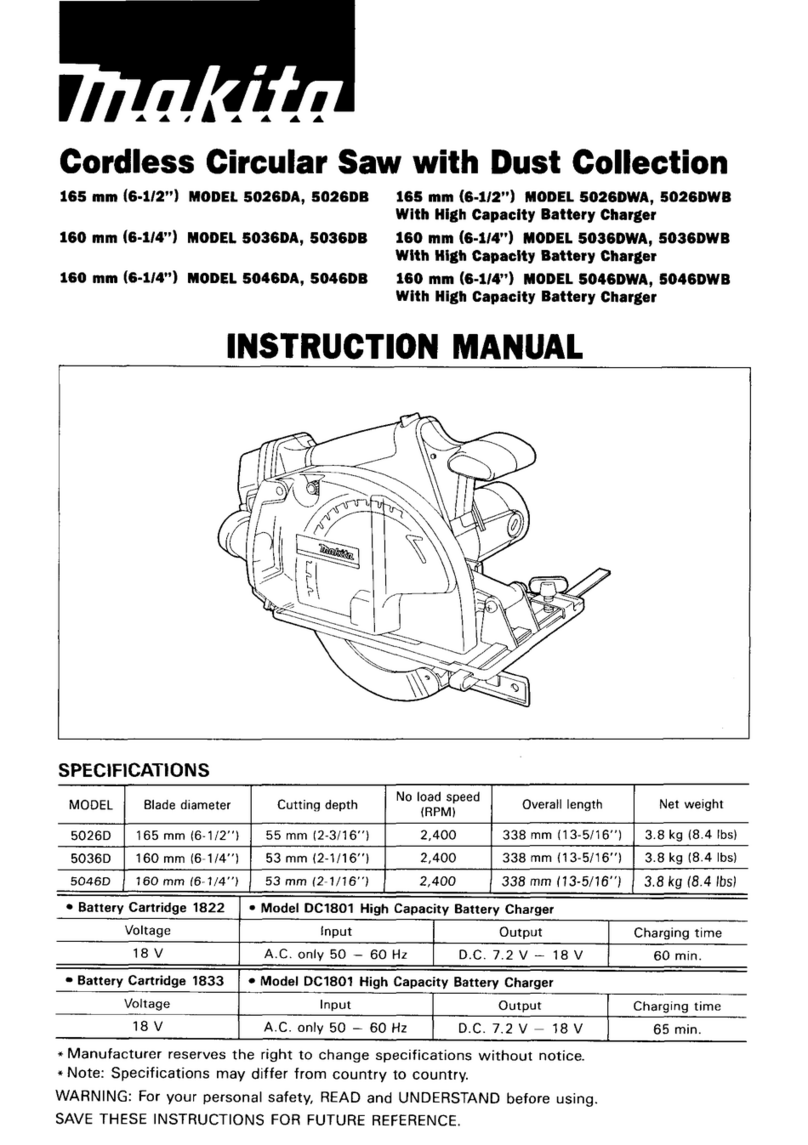
Makita
Makita 5026DWA User manual

Makita
Makita M2402 User manual
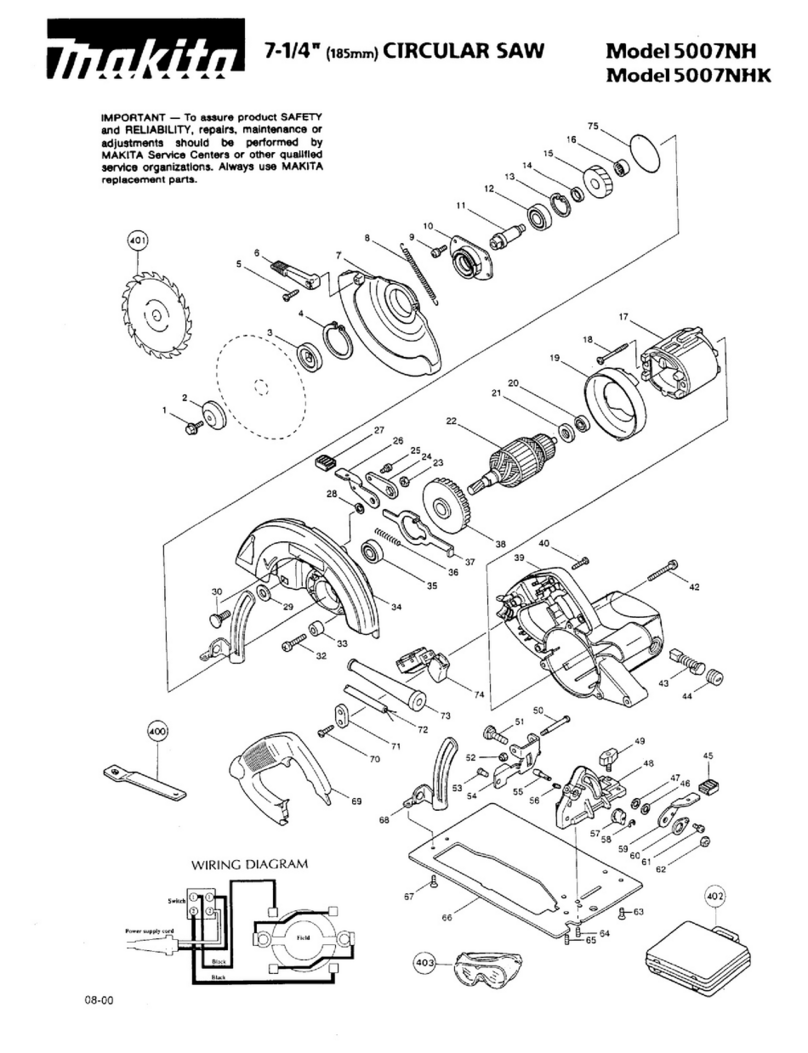
Makita
Makita 5007NH Quick start guide
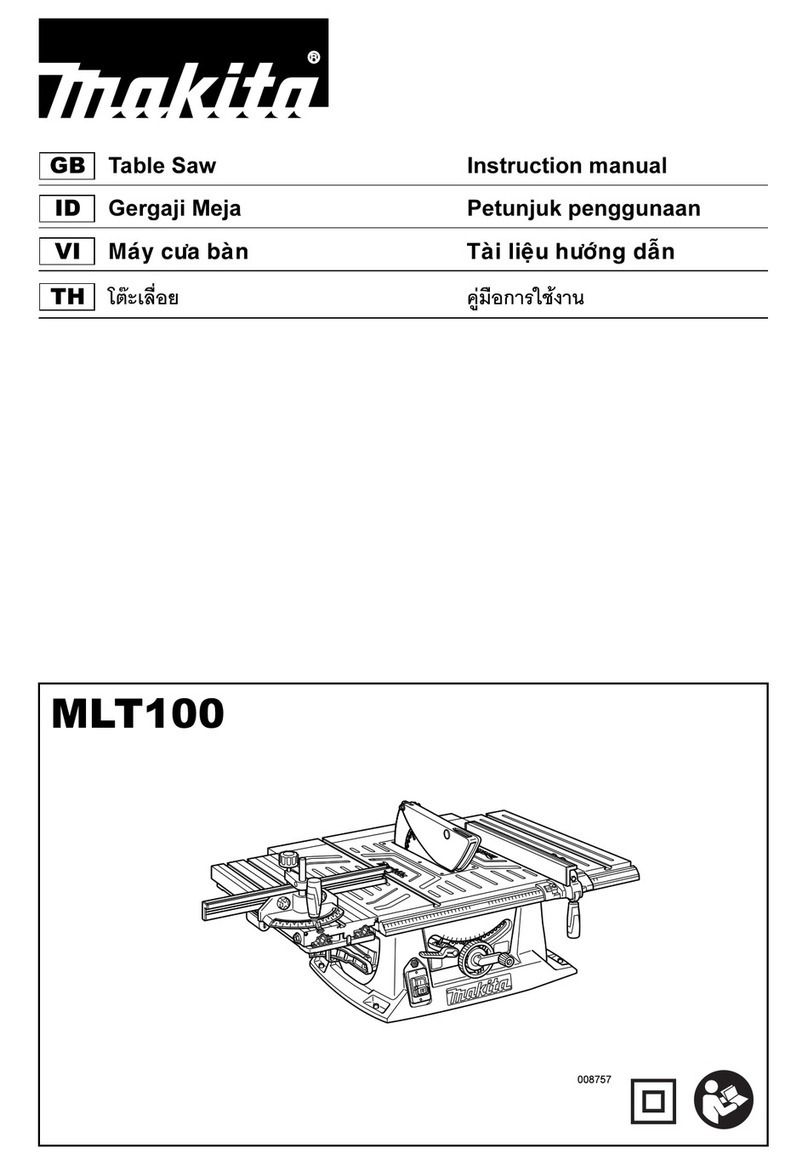
Makita
Makita MLT100 User manual
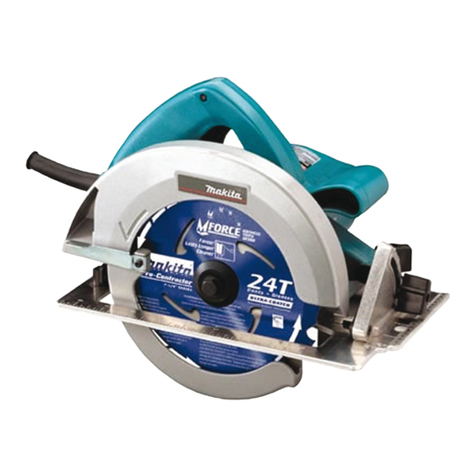
Makita
Makita 5007NB User manual
